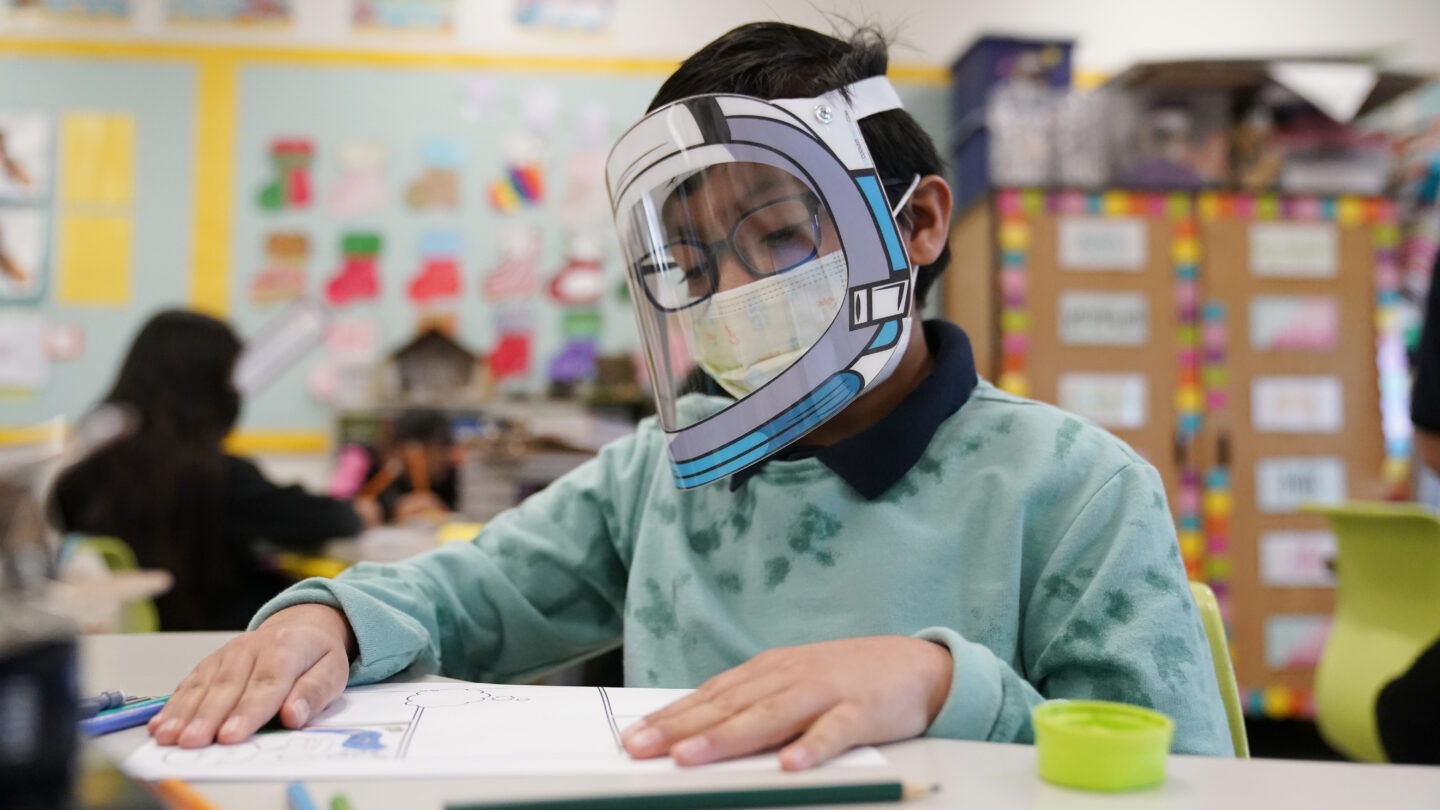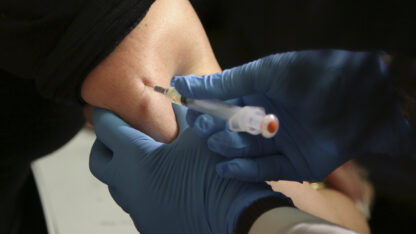A disease originating in a remote area halfway around the world can travel to the U.S. in as little as 72 hours.
That’s why the Biden administration has launched a new effort to improve the ability of the U.S. to prevent, detect and respond to the spread of infectious diseases.
While the U.S. has long been the global leader in health security, the White House’s new Global Health Security Strategy, announced today, strives to make the country even better prepared for future pandemics, outbreaks and biological threats regardless of where they occur. However, experts in the field worry the new strategy does not go far enough and financial realities will limit the effort’s impact.
As part of the new strategy, the U.S. is expanding its health security partnerships from 19 countries to 50 countries in Africa, Asia, the Caribbean, Eastern Europe, Latin America and the Middle East. The U.S. is going to help these countries bolster their capacity to identify and respond to diseases, including improved testing, surveillance, lab capacity and immunizations.
A senior administration official who spoke on background at a press call ahead of the announcement noted that the U.S. is already helping the Democratic Republic of Congo with its pox outbreak. The official hopes the G7 will commit to supporting at least 50 additional countries.
The new strategy also aims to better coordinate efforts across the U.S. government as well as convince other countries and international bodies to make serious financial and political commitments to pandemic preparedness. The new plan will roll out over five years and is based on lessons learned from the COVID pandemic, which took millions of lives and upended the global economy.
“It will help protect people — across our nation and around the world — from security threats, particularly those posed by infectious diseases,” President Joe Biden said in a statement. It will make the United States stronger, safer, and healthier than ever before.”
But even though Lawrence Gostin thinks it’s a praiseworthy moment, he isn’t sure that will be enough.
Gostin, a professor of global health law at Georgetown University, sees major gaps in the new strategy.
“Some of the very, very key issues – like investment in research and development for vaccines, like financing, like accountability and compliance – all of these things are absent as well as any strategy for really the gorilla in the room, if you will, which is all the disinformation and misinformation about vaccines and science and public health,” he says.
He points out that the federal money earmarked for global health security in the fiscal year 2024 was slashed by $200 million.
“How I see this is: The White House doing the very best it can in a highly constrained political and economic environment,” says Gostin.
The senior administration official who spoke on background says the hope is that as Americans see how important this work is Congress will approve more money for next year’s budget. The global effort at pandemic preparedness is estimated to cost $30 billion annually.
As the U.S. rolls out this strategy, the World Health Organization is busy hashing out its own agreement aimed at making the world better prepared for the next pandemic. The latest, near-final draft of the WHO’s pandemic accord is slated to be distributed to member states later today. The process of negotiating and drafting this accord has been fraught as nations negotiate how information and vaccines will be shared and how the financing will work.
The senior administration official says the U.S.’s new global health security strategy is not meant to undermine WHO efforts but instead demonstrate that the U.S. is committed to preventing the next pandemic irrespective of what happens on the global stage.
Copyright 2024 NPR. To see more, visit https://www.npr.org.
9(MDAxODM0MDY4MDEyMTY4NDA3MzI3YjkzMw004))

9(MDAxODM0MDY4MDEyMTY4NDA3MzI3YjkzMw004))








